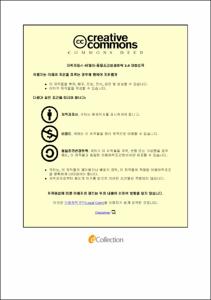명품브랜드의 광고표현양식에 대한 한중여성소비자의 반응
= Korean & Chinese Female Consumers' Response to Advertising Expression Mode in Luxury Brand
- Files in This Item:
-
-
Download
 000001094934.pdf
기타 데이터 / 5.06 MB / Adobe PDF
000001094934.pdf
기타 데이터 / 5.06 MB / Adobe PDF
-
Items in Repository are protected by copyright, with all rights reserved, unless otherwise indicated.